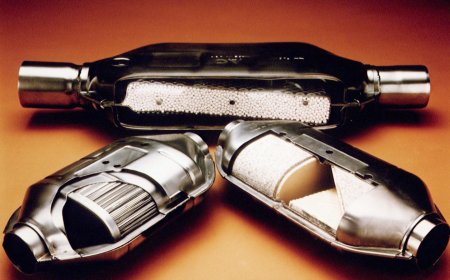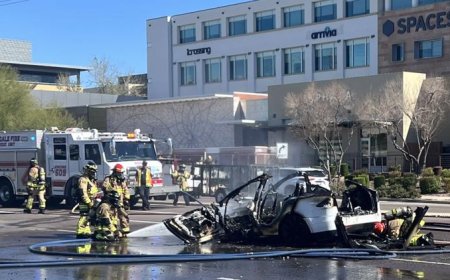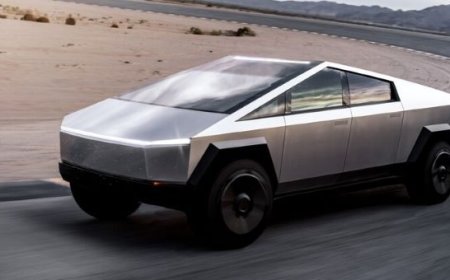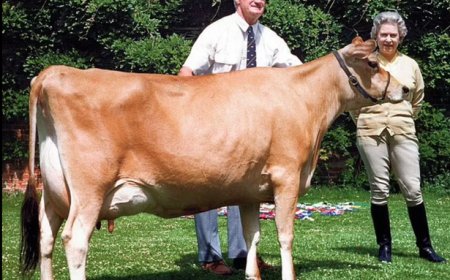Do Teslas Have Transmissions: Understanding the Inner Workings of an Electric Car
Do Teslas Have Transmissions? Discover the revolutionary transmission system used in Tesla vehicles and how it's changing the game.
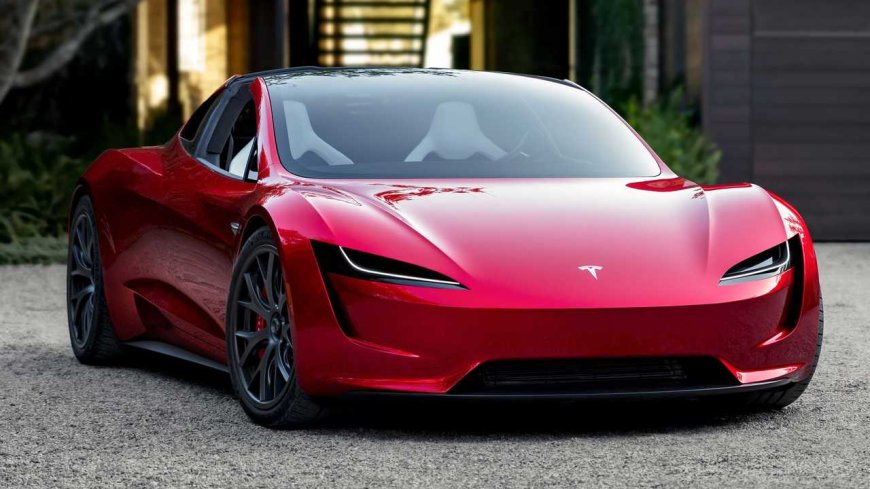
Do Teslas Have Transmissions: Understanding the Inner Workings of an Electric Car
Electric vehicles (EVs) have been gaining popularity in recent years as people become more aware of the environmental benefits they offer. Tesla, a company that specializes in producing high-end electric cars, has been at the forefront of this revolution. However, one question that often comes up is whether Teslas have transmissions or not. In this article, we'll explore the inner workings of Tesla cars and find out if they do indeed have transmissions.
Introduction
The transmission is a crucial component in traditional gas-powered cars, responsible for shifting gears and transferring power from the engine to the wheels. However, electric cars operate differently, and as such, their designs do not always include traditional transmissions. Tesla cars are no exception, and in this article, we'll dive into the specifics of how they work.
How Do Traditional Cars Work?
To understand how Teslas work, it's important to first understand how traditional gas-powered cars work. In these cars, the engine generates rotational energy, which is then transferred to the transmission. The transmission then selects the appropriate gear ratio to optimize power delivery and efficiency before sending the power to the wheels. The wheels, in turn, convert the rotational energy into linear motion, propelling the car forward.
The engine in traditional cars is typically powered by gasoline or diesel fuel, which is ignited within the engine's cylinders. This combustion generates heat and pressure, which forces the pistons to move and generate the rotational energy that is ultimately transferred to the transmission.
To allow for lower speeds, internal combustion engines in gas-powered vehicles require a multi-speed transmission. Because they do not need to adjust in the same way, EVs can run on a single transmission drivetrain.
In addition to the engine and transmission, traditional cars also have other components such as a fuel tank, exhaust system, and other components that work together to keep the car running smoothly. While traditional cars have been the standard for decades, electric cars like Teslas are becoming increasingly popular due to their many advantages, including increased efficiency, reduced emissions, and lower operating costs.
Electric Motors and Tesla Cars
Electric cars operate differently than traditional gasoline-powered cars. Instead of relying on a combustion engine, they use electric motors to generate rotational energy. These electric motors send power directly to the wheels, which means that they do not require a traditional manual transmission with gears.
Tesla cars are a prime example of electric vehicles, and their motors are powered by advanced lithium-ion batteries. These batteries store energy generated by regenerative braking, which converts the car's kinetic energy into electrical energy to recharge the battery. Additionally, the batteries can be charged using external charging stations or standard electrical outlets.
This unique combination of electric motors and advanced battery technology is what allows Tesla cars to achieve impressive levels of acceleration, range, and efficiency. It also eliminates the need for many of the components found in traditional cars, such as transmissions, oil changes, and other maintenance tasks.
Do Teslas Have Transmissions?
The question of whether Teslas have transmissions is a bit nuanced. In a traditional sense, Teslas do not have transmissions with multiple gears. However, they do have a type of transmission known as a "fixed-ratio" transmission, which transfers power from the electric motor to the wheels. This transmission only has a single gear ratio and is often referred to as a single-speed automatic transmission.
So, to answer the question directly, yes, Teslas do have a type of transmission, but it is not a traditional transmission with multiple gears. The fixed-ratio transmission is one of the many unique features of Tesla cars, which contribute to their exceptional performance and efficiency.
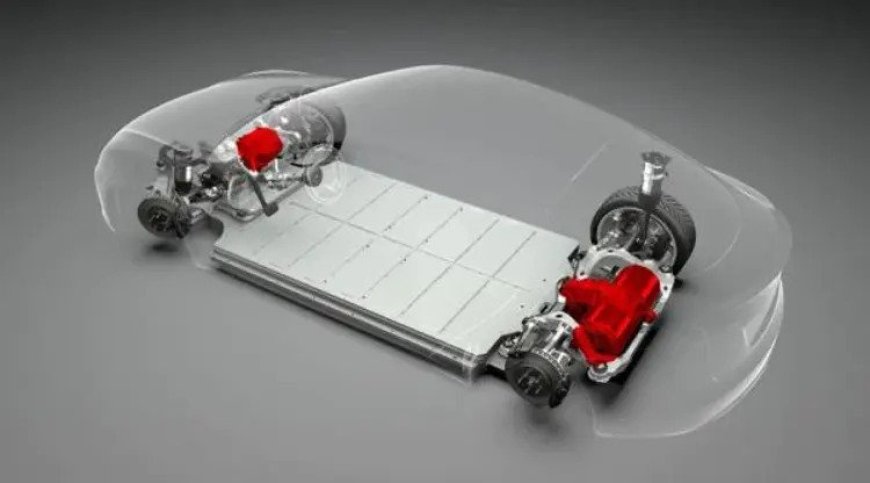
The Role of Gear Ratios in Teslas
Unlike traditional cars where the transmission selects the appropriate gear ratio to optimize power delivery and efficiency, Teslas have a fixed gear ratio. This means that the car's speed is directly proportional to the rotation of the electric motor. With a fixed gear ratio, Teslas do not require multiple gears, which simplifies the car's operation and maintenance.
The electric motor in Teslas converts electrical energy stored in the battery into rotational energy to propel the car forward. The motor's speed is controlled by an inverter, which regulates the flow of electricity to the motor. This allows for smooth and precise control of the car's speed and acceleration.
The fixed gear ratio in Teslas also contributes to the car's high efficiency. The motor is optimized to operate at a specific speed range, which is closely matched to the car's driving conditions. This means that the motor can operate more efficiently, resulting in better overall performance and reduced energy consumption.
Regenerative Braking and Transmission
Tesla cars also have a unique feature called regenerative braking, which allows the electric motor to act as a generator when the driver applies the brakes. This process converts the car's kinetic energy into electrical energy, which is then sent back to the battery for storage. Regenerative braking helps to extend the car's range by recharging the battery, and it also reduces wear and tear on the brake system.
Since regenerative braking does not rely on traditional brakes, Tesla cars do not require the same level of maintenance as traditional cars. However, it is still recommended to have the brakes checked by a certified technician as part of regular maintenance to ensure they are functioning correctly. The lack of a traditional transmission, coupled with the regenerative braking system, contributes to Tesla cars' overall simplicity and low maintenance requirements.
Benefits of Not Having a Traditional Transmission
The absence of a traditional transmission provides several benefits for Tesla cars. Firstly, it simplifies the car's design, making it easier to produce and maintain. A fixed-ratio transmission is also more efficient as it does not waste energy shifting between gears. This efficiency helps to increase the car's driving range and improve acceleration.
Moreover, the fixed gear ratio provides a smoother and more seamless driving experience. Unlike traditional transmissions, there is no need to shift gears, so the driver does not experience any interruption in power delivery. This contributes to a more comfortable and enjoyable driving experience for the driver and passengers.
Maintenance of a Tesla Car
While Tesla cars require less maintenance compared to traditional cars due to the lack of a traditional transmission and the regenerative braking system, they are not completely maintenance-free. Regular maintenance checks are still necessary to ensure the car operates at optimal levels. Tesla recommends having a certified technician perform these checks, which includes inspecting the battery's health, brakes, tires, and suspension.
In addition to these routine checks, Tesla cars also require software updates. These updates are typically done over-the-air and are necessary to improve the car's performance, fix any bugs, and introduce new features. Tesla cars are constantly evolving, and software updates are an essential part of keeping the car up-to-date and operating at its best.
It is worth noting that Tesla provides a comprehensive warranty for its cars, which covers many components for a certain period. However, regular maintenance checks and software updates are still important for maintaining the car's optimal performance, ensuring safety, and prolonging the car's overall lifespan.
Common Misconceptions about Tesla Transmissions
There are some widespread misunderstandings about Tesla transmissions that should be cleared up. One of the most common ones is that Teslas don't have any transmission at all, but as we discussed earlier, they do have a single-speed fixed-ratio transmission. Another common misconception is that electric cars are not as powerful as traditional cars. In reality, electric cars can produce instant torque, which gives them quicker acceleration than traditional cars with small range of speeds.
Future of Transmission Technology in EVs
As the electric vehicle (EV) industry grows and matures, the technology behind transmissions is also likely to evolve. While Tesla currently uses a simple fixed-ratio transmission, other EV manufacturers are exploring more advanced transmission designs. For example, some companies are developing multi-speed transmissions to improve efficiency and performance. These transmissions can help maximize power output, improve acceleration, and increase driving range. However, more complex transmission designs may also require more maintenance and could be less reliable in the long run. As EV technology continues to advance, it is likely that we will see further innovation in transmission design to meet the demands of drivers and to maximize the potential of electric vehicles.
Conclusion
In conclusion, Tesla cars do have transmissions, albeit not in the traditional sense. The fixed-ratio transmission in Tesla cars simplifies the car's design and increases efficiency, resulting in longer driving ranges and quicker acceleration. Maintenance requirements for Tesla cars are also less demanding than traditional cars, but regular check-ups are still necessary. As EV technology continues to evolve, we can expect to see further innovation in ev transmissions design.
FAQs
-
Do all electric cars have transmissions? No, not all electric cars have transmissions. Some electric cars, like Tesla, have a fixed-ratio transmission, while others do not have any transmission at all.
-
Can you manually shift gears in a Tesla? No, since Tesla cars have a fixed-ratio transmission, you cannot manually shift gears.
-
What is regenerative braking, and how does it work? Regenerative braking is a system in which a car's motor acts as a generator, converting kinetic energy into electrical energy when the brakes are applied. This energy is sent back to the battery, recharging it and extending the car's range.
-
Do Tesla cars require less maintenance than traditional cars? Yes, Tesla cars require less maintenance than traditional cars due to their simplified design and regenerative braking system. However, regular check-ups by a certified technician are still necessary.
-
What is the future of transmission technology in EVs? As EV technology continues to evolve, we can expect to see further innovation in transmission design. Some companies are exploring multi-speed transmissions to improve efficiency and performance, while others may eliminate transmissions altogether.
Also Read: Tesla Cybertruck Interior: The Futuristic Cabin of the Electric Pickup Truck
What's Your Reaction?























